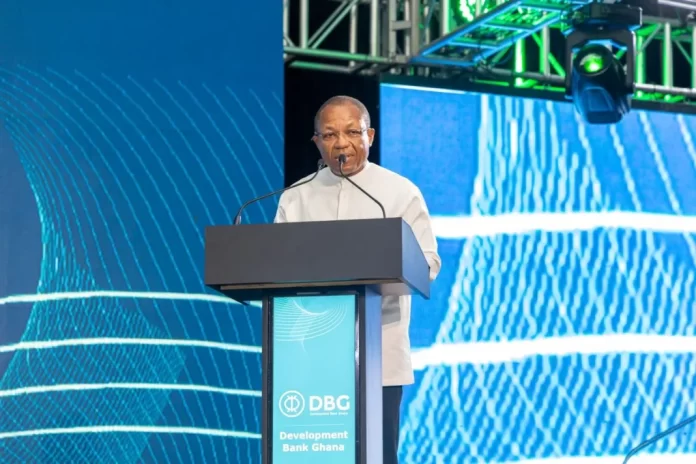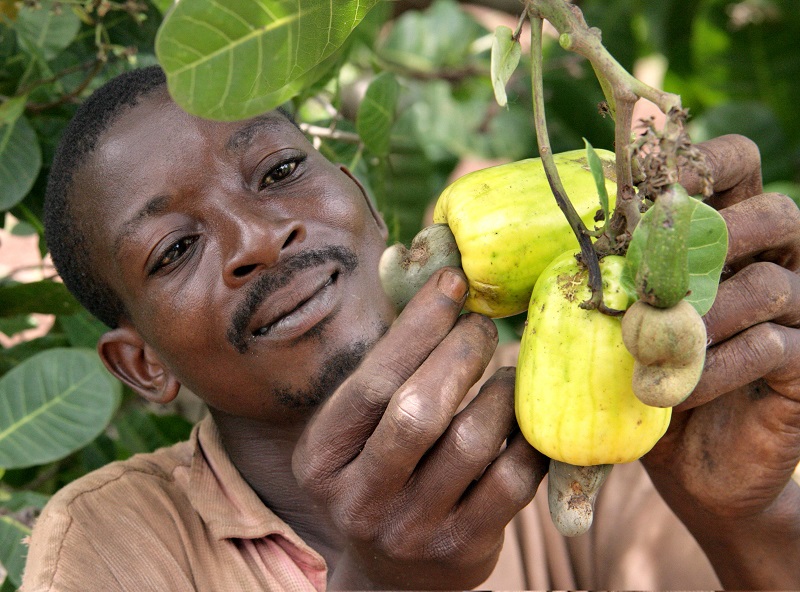
Ensuring competitively priced medium-to-long-term financing to support the small and medium-sized enterprises (SME) sector, the Development Bank Ghana (DBG) is leveraging on its capacity and partner financial institutions (PFIs) to de-risk the SME sector, Chief Executive Officer (CEO) of the Bank, Kwamina Duker, has said.
Prior to the establishment of DBG, data available indicated that only 11 percent of banks’ credit was longer than 5 years. Additionally, less than 8 percent of the credit goes to manufacturing, and less than 4 percent to agriculture – both of which are essential for economic development.
This funding gap necessitated the creation of DBG, which will fund the SME sector in partnership with other banking and capital market institutions.
In an exclusive interview with the B&FT, Mr. Duker described the work the bank did during the first year after receiving an operational license. He stated that by connecting PFIs and SMEs, the DBG aims to serve as a catalyst for economic development, driven by the private sector to provide both competitively priced long-term capital and capacity-building.
“Part of our goal is to be a catalyst to bring them (SMEs and PFIs) together to speak a common language that each understands; and by being that broker in the middle to both, finance our partner banks and also build the capacity of SMEs,” Mr. Duker said.
The bank has invested GH¢245 million during the one-year period, the CEO said; and it expects to invest GH¢1 billion more in the following three to six months despite the current local and global economic concerns.
“We’re all affected by what’s happening in the global market. But our mandate is to help to the best of our abilities. Remember that we have people here working day and night to make sure that we can do that,” he said.
“At the moment we have about five PFIs that we have on-boarded or are close to on-boarding. Key PFIs are Fidelity, CBG, Access Bank, Cal Bank; and we have other banks in the pipeline which we will be completing in the coming months,” he mentioned.
DBG’s lending strategy
In response to the misunderstanding regarding the bank’s lending strategy for SMEs, Mr. Duker noted that the DBG’s cooperation with commercial banks enables it to increase its lending capacity by also making use of the PFIs’ available resources.
“There are two very good reasons for that. The first reason is we are here to be a catalyst and collaborate, and not to compete with our partner banks. The second is even more important. At the moment we’re looking at the funding gap for SMEs at about US$60 billion, but looking around that gap and DBG being probably the most capitalised bank in the country, we only have just under US$1 billion; that is why it is so important that we work in conjunction with the other banks, so we can amplify our lending.
“We are forced to collaborate with them and by so doing, we get it right. We now are in a position where it’s not just DBG’s capital. It’s also Cal Bank’s capital, and it’s also CBG’s capital – which is key. That’s the only way we’re going to succeed in this,” the CEO explained.
“No one can do it alone. That’s why we keep on emphasising we’re catalysts and collaborators. We can’t do it alone,” he emphasised.
Future focus
Highlighting the future steps of the bank; the CEO mentioned that in order to choose where to lend, DBG will engage with the PFIs, starting with the agriculture sector in particular, to investigate what market cracks there may be.
“There are a lot of interwoven pieces that we have to fix one by one; you have to understand the whole value chain. So, we are working with our banks and beginning with the agriculture sector to understand what are the market fractures, and that will be a lot of what we will be doing next year with our banks to try and correct them along the value chain,” Mr. Duker revealed.
“Once you do that, then, you know where to lend; but again, if we can do that properly, and then work together with our banks to de-risk the whole ecosystem, then, we can go away. The bank would continue with the work. We have to make a change. We have to transform,” he said.
Partnerships
The CEO mentioned that at this point, the bank has 10 partnerships in a bid to foster its mandate.
“One of the basic rules is that we don’t do anything alone; if it’s lending, we go through the PFIs; if it is capacity-building, we go through SMEs. So, in addition to the AGI and GSE partnership, we have other partnerships with the Chamber of Commerce, among others,” Mr. Duker said.
“Talking about transforming the private sector, we’re focusing on four sectors. We’ll focus on agriculture, manufacturing, ICT, and on high-value sectors such as tourism and transport,” he added.
B&FT




























